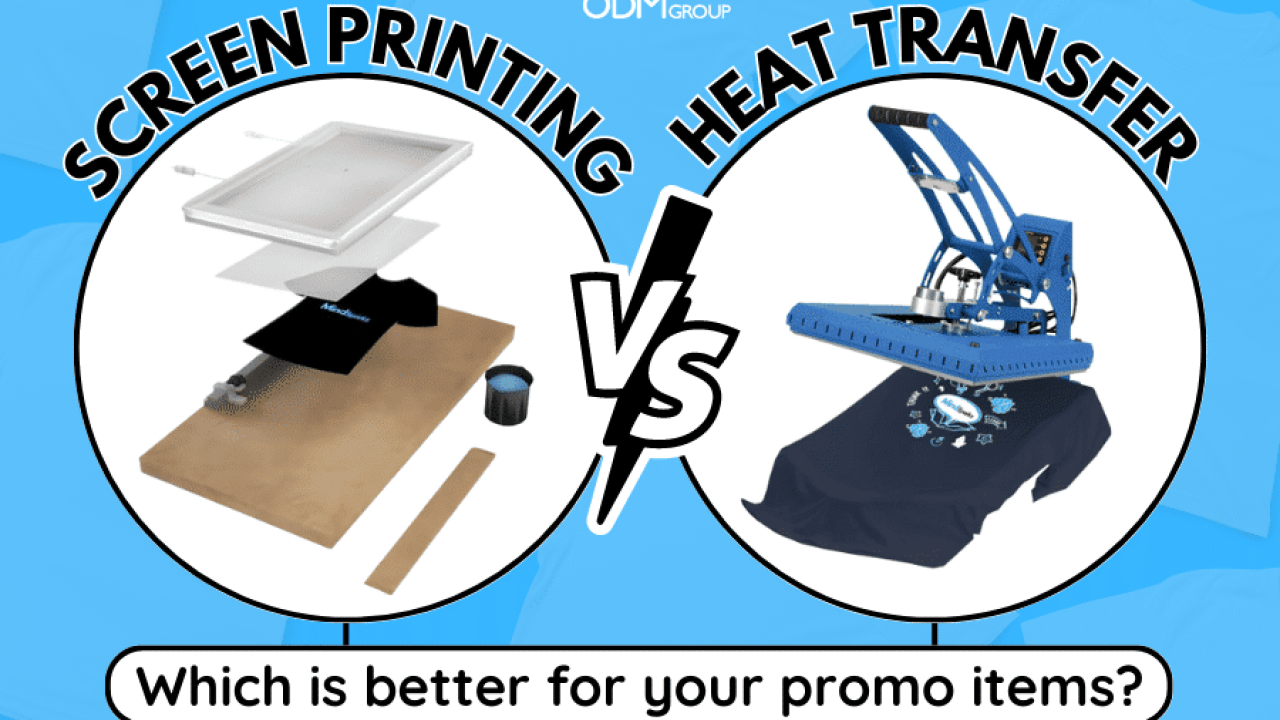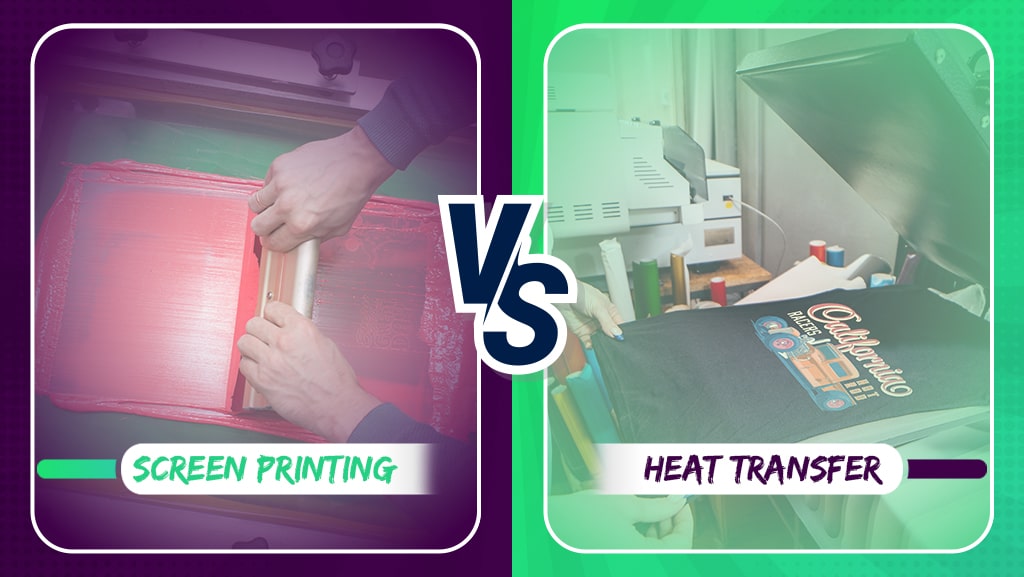Some Ideas on Tx Tees You Need To Know
Some Ideas on Tx Tees You Need To Know
Blog Article
Rumored Buzz on Tx Tees
Table of ContentsExcitement About Tx TeesThe Facts About Tx Tees UncoveredOur Tx Tees PDFsThe 8-Second Trick For Tx TeesHow Tx Tees can Save You Time, Stress, and Money.Not known Factual Statements About Tx Tees The 8-Second Trick For Tx Tees
Add up various other expenses, like the number of utilities it takes to run the store and the cost of ink and solution per design. Take the print listed below.The emulsion needs to only be a few cents considering that you 'd just need to coat one screen for this task. Just how much should you bill per shirt to make a revenue? Usually, printers attempt to make up to 45% profit on a print job. Right here's a table to assist you establish that: complete cost per item percent of preferred revenue as a decimal (instance:.25 or.45) earnings made per thing per work Currently let's speak about the success of DTF.

With DTF, you can print a handful of shirts, or simply one. Both screen printing and DTF have their niches in the globe.
What Does Tx Tees Mean?
The most effective way to recognize? Ask around and see what printing shop like your own are doing. custom cap printing. Attempt both out and see which you like far better
When you're choosing what kind of printing technique to utilize for publishing your art work layouts on your garments, it is very important that you know the differences between these 2 methods so you can make the most of results while reducing expenses. Display printing is the most typically utilized method for printing styles on textiles.
DTG printing is likewise referred to as area or straight to garment printing since it publishes just what is required instead of making a screen as screen printers do. https://www.provenexpert.com/tx-tees/?mode=preview. Screen printing functions by screen filler squeegee display printing ink screen mesh display, then moving the image to garment making use of warm and/or stress
The DTG printer utilizes unique dye-sublimation inks that are applied right into a pre-designed photo by an electronic printing system. The inks enter into the fabric, enabling vivid shades and phenomenal detail. It's additionally referred to as place or direct to garment printing due to the fact that it prints just what is required instead of making a display as screen printers do.
The Main Principles Of Tx Tees
Initially, it's much quicker - you can publish a fullcolor photo in minutes, instead of hours for screen printing. Second, there's no established time or costs involved - you can print any type of style you such as, without needing to develop a display initially. Third, there's no waste - due to the fact that screen printers display print one design at a time, they have to evaluate each shade independently.
The paper is really expensive and can just be used once. Once it's published on, it has actually to be thrown out. - The first acquisition rate is reduced than the in advance financial investment of DTG printers- You can print multi-color styles one screen at a time as opposed to needing to publish each color individually like DTG printing.

The Facts About Tx Tees Uncovered
Rather of using screen mesh as screen printers do, color sublimation printers make use of laser technology to transfer your pictures onto garments or paper. A warmth process transfers the dye from its solid-state straight right into the gas stage which in turn fuses it onto material substratums when they are swiftly heated to heats under high pressure.
Sublimation printing is green. It uses less water than screenprinting, and since it doesn't include using harmful solvents, it's safe for all kinds of clothing. The dye sublimation inks are likewise odor-free when healed, unlike display printers that make use of harmful chemicals during the screen printing procedure that leave behind an unpleasant odor.
They likewise conserve money on costly devices like direct exposure devices given that color sublimation printers do not call for a UV direct exposure system or a flash remedy stove that is normally made use of in display printing (custom t-shirt design). What is straight to garment printing (DTG Printing)? DTG printing is a digital screenprinting process that prints straight onto textile making use of specialized inkjet printers
The 4-Minute Rule for Tx Tees
DTG printing supplies several advantages over standard screenprinting, including the ability to publish photo quality images, greater shade vibrancy, and the capability to print designs on darker textiles. DTG printers function by heating the fabric ink up until it develops into a gas. The gas then penetrates the material, bonding with the fibers to create an irreversible print.

Display printers just prepare their screen then start printing till they lack item or ink.- There is a wide variety of experienced display printers throughout the globe, which can be practical for novices. - It's a slower process - screen printers frequently have to await the ink to completely dry before they can print the following shade- Display printers need manual work, so there's a greater understanding contour and it takes longer to create a top notch style- Display printing isn't as precise as DTG printing, so you may get some "blood loss" of shades from one part of the picture onto one more if not done properly.
More About Tx Tees
Nonetheless, rather than making use of screen mesh as display printers do, color sublimation printers utilize laser modern technology to transfer your photos onto garments or paper. A warm procedure transfers the color from its solid-state straight into the gas stage which subsequently fuses it onto material substratums when they are rapidly heated up to heats under high pressure.
Sublimation printing is green. It uses much less water than screenprinting, and due to the fact that it doesn't include making use of harmful solvents, it's risk-free for all sorts of apparel. The dye sublimation inks are likewise unsmelling when cured, unlike screen printers that make use of harmful chemicals during the display printing procedure that leave an undesirable odor.
They likewise conserve cash on pricey tools like exposure units because color sublimation printers do not call for a UV exposure unit or a flash cure oven that is usually made use of in display printing. What is straight to garment printing (DTG Printing)? DTG printing is an electronic screenprinting procedure that publishes straight onto textile utilizing look at here specialized inkjet printers.
Some Known Details About Tx Tees
DTG printing uses lots of benefits over conventional screenprinting, including the ability to publish photo high quality pictures, greater shade vibrancy, and the capacity to print designs on darker textiles. DTG printers function by heating up the textile ink till it develops into a gas. The gas then penetrates the textile, bonding with the fibers to produce a permanent print.
Report this page